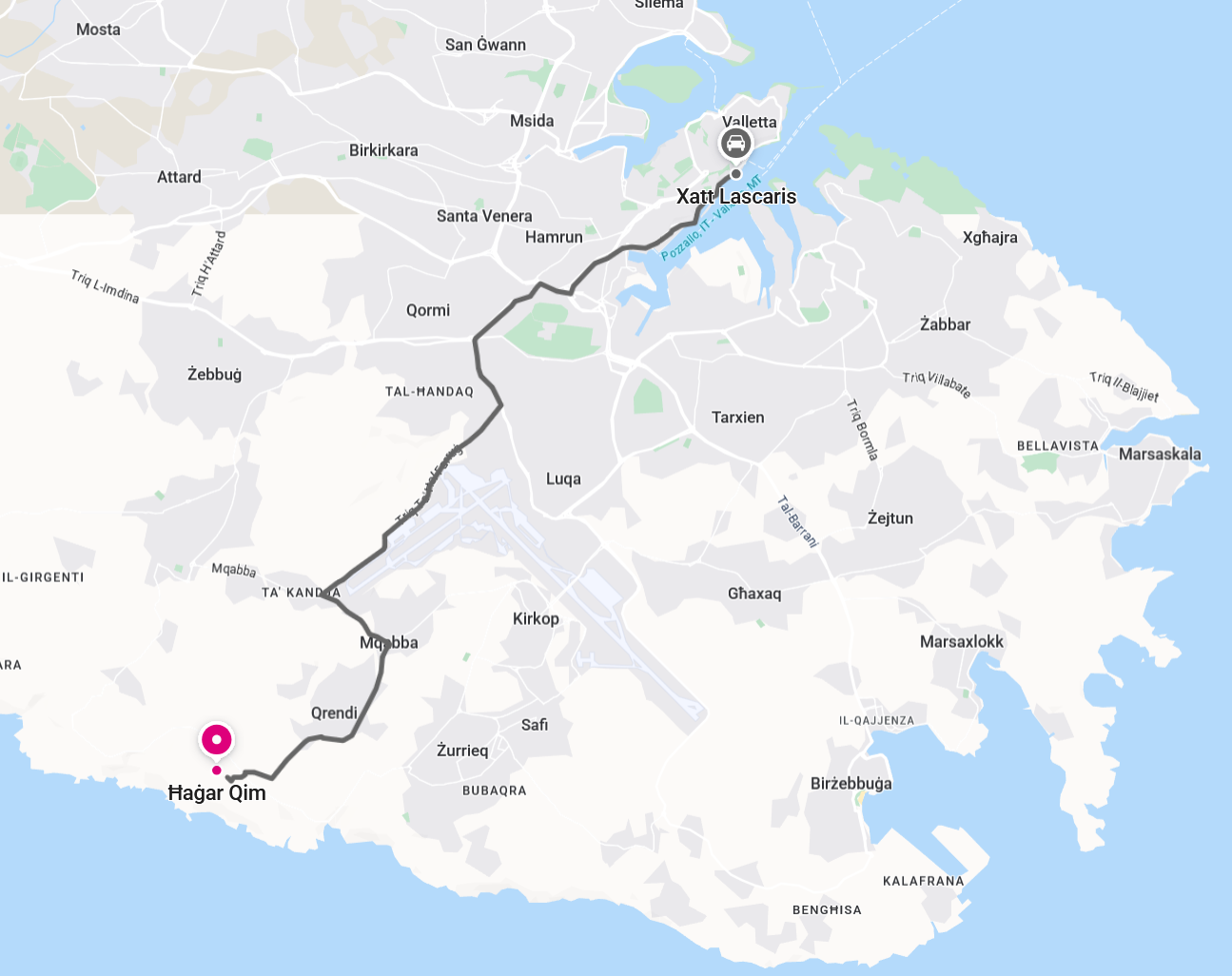The Victoria Lines, originally known as the North West Front, are a line of fortifications that spans 12 kilometres along the width of Malta, dividing the north of the island from the more heavily populated south.
The Victoria Lines run along a natural geographical barrier known as the Great Fault, from Madliena in the east, through the limits of the town of Mosta in the centre of the island, to Bingemma and the limits of Rabat, on the west coast. The complex network of linear fortifications known collectively as the Victoria Lines, that cut across the width of the island north of the old capital of Mdina, was a unique monument of military architecture.
When built by the British military in the late 19th century, the line was designed to present a physical barrier to invading forces landing in the north of Malta, intent on attacking the harbour installations, so vital for the maintenance of the British fleet, their source of power in the Mediterranean. Although never tested in battle, this system of defences, spanning some 12 km of land and combining different types of fortifications—forts, batteries, entrenchments, stop-walls, infantry lines, searchlight emplacements and howitzer positions—constituted a unique ensemble of varied military elements all brought together to enforce the strategy adopted by the British for the defence of Malta in the latter half of the 19th century, a singular solution which exploited the defensive advantages of geography and technology as no other work of fortifications does in the Maltese islands.
en.wikipedia.org
































